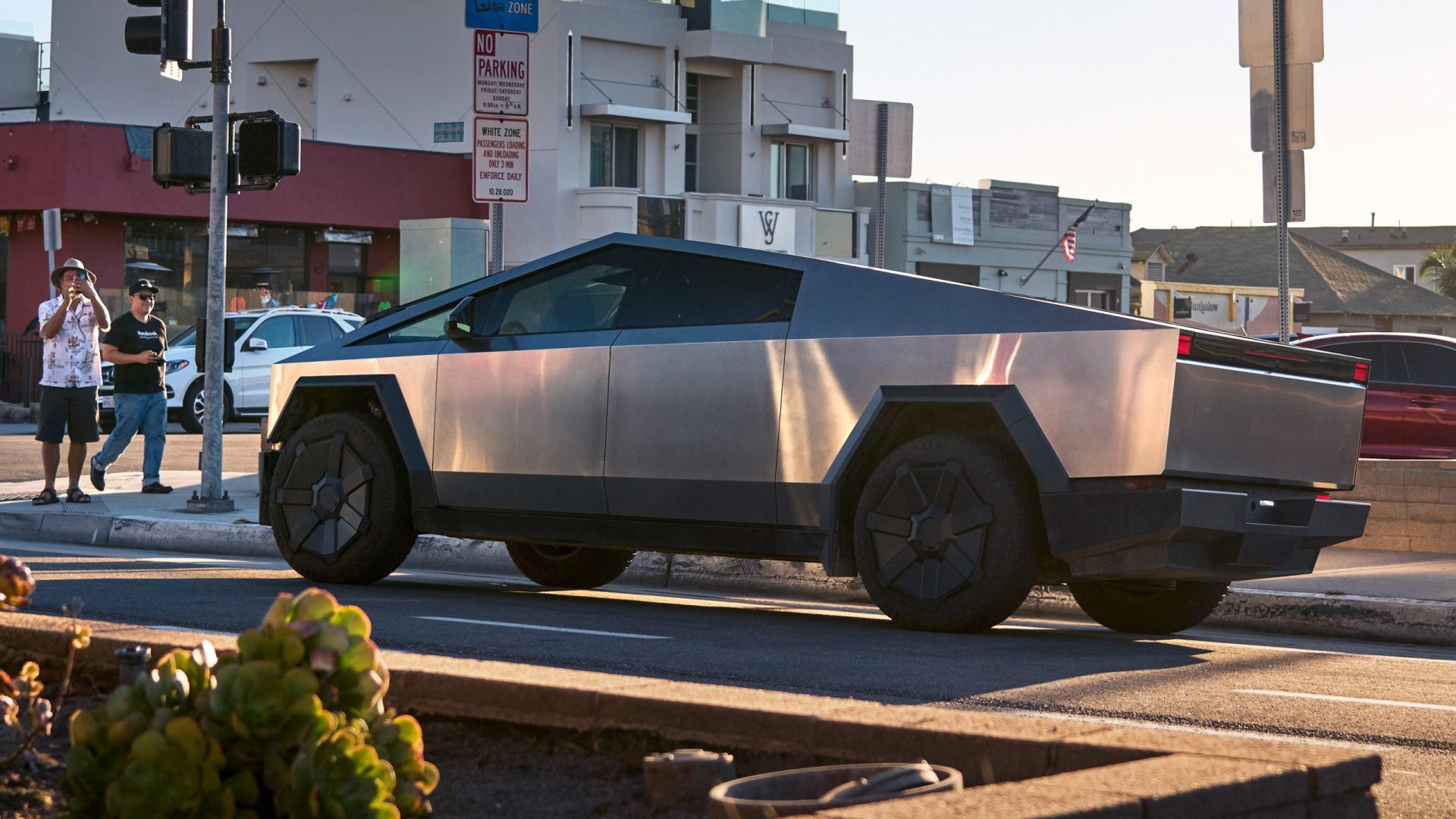Turning off your Tesla is a straightforward process, designed with user convenience in mind. The vehicle is engineered to power down automatically under certain conditions, but manual shutdown is also possible when needed. Here’s how you can turn off your Tesla:
Automatic Power Off:
When you finish driving, simply shift your Tesla into ‘Park’ by pressing the button on the end of the drive stalk. Once in ‘Park,’ the vehicle will power off automatically, turning off the instrument panel and touchscreen, provided you leave the vehicle with the key fob or phone key.
Manual Power Off:
If you prefer to power off your Tesla manually while sitting inside, follow these steps:
- Ensure the vehicle is in ‘Park.’
- On the touchscreen, tap the car icon located at the bottom left.
- Navigate to ‘Safety & Security.’
- Scroll down and select ‘Power Off.’
- Confirm your selection to initiate the shutdown.
The vehicle will remain powered off until you interact with it by pressing the brake pedal, opening a door, or touching the touchscreen.
Power Cycling (Rebooting):
If your Tesla exhibits unusual behavior or displays a nondescript alert, you can perform a power cycle to reset the vehicle’s systems:
- Shift into ‘Park.’
- On the touchscreen, go to ‘Controls’ > ‘Safety & Security’ > ‘Power Off.’
- Wait for at least two minutes without interacting with the vehicle—do not open the doors, touch the brake pedal, or use the touchscreen.
- After two minutes, press the brake pedal or open a door to wake the vehicle.
This process helps in resolving minor software glitches by rebooting the vehicle’s systems.
Additional Considerations:
- Automatic Shutdown Timing: If you exit the vehicle and take your key fob or phone key with you, the Tesla will automatically power off. Additionally, the vehicle powers off automatically after being in ‘Park’ for 30 minutes, even if you are sitting in the driver’s seat. Tesla
- Energy Conservation: While manual power-off is available, it’s generally unnecessary for daily use. Tesla vehicles are designed to manage power efficiently, and manual shutdown does not significantly conserve battery life. However, if you’re planning to leave your Tesla unused for an extended period, it’s advisable to adjust settings like ‘Sentry Mode’ and ‘Cabin Overheat Protection’ to reduce energy consumption. Find My Electric
Understanding these procedures ensures that you can effectively manage your Tesla’s power settings, enhancing both the vehicle’s performance and your user experience.




